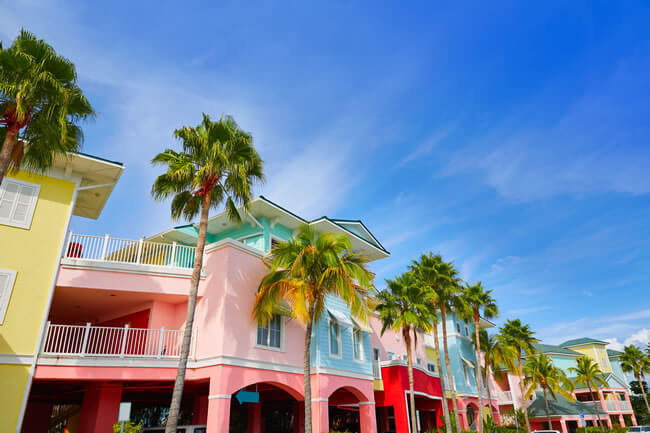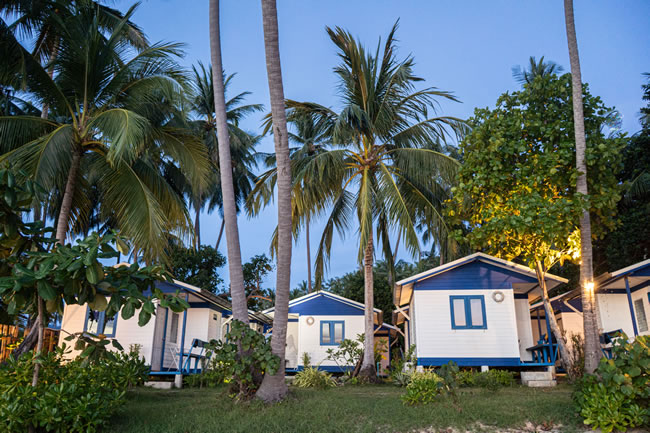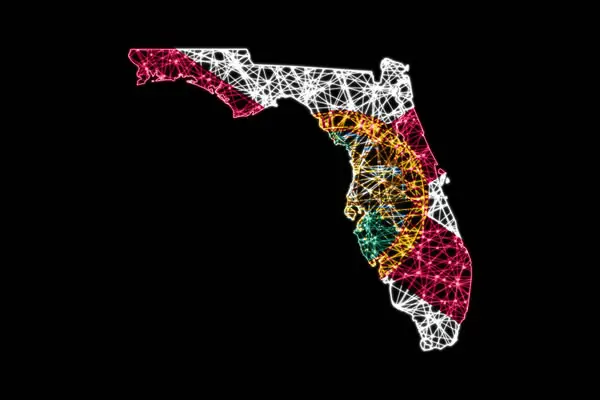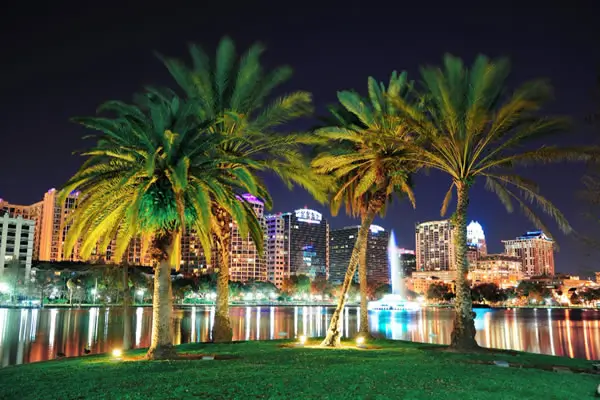What State in United States has the highest Lightning Density?
If we look at lightning density by square mile, Florida comes out on top with 285 lightning strikes/square mile in 2022. Second place goes to Louisiana with 221 strikes/square mile, followed by Mississippi with 206, Oklahoma with 163 and Arkansas with 157.
Where is Lightning Alley in the U.S.?
“Lightning Alley” is the name given to the stretch of land between Tampa Bay and Titusville that receives the highest number of lightning strikes in the country every year, according to the National Weather Service Melbourne. Over 90% of lightning strikes in this area take place between May and October, usually between noon and midnight.
What you should not do during a lightning storm?
Do not shower, bathe, wash dishes, or do laundry. Plumbing and bathroom fixtures can conduct electricity. Stay inside until at least 30 minutes after you last hear thunder or see lightning.
Lightning Density
Lightning density refers to the concentration or frequency of lightning strikes within a specific area over a given period. It is often expressed in terms of the number of lightning strikes per unit area and time. This metric is significant in assessing the lightning risk in a particular region and is commonly used in the field of lightning research, meteorology, and lightning protection engineering.
Measurement of Lightning Density
The measurement of lightning density helps to quantify the likelihood of lightning strikes occurring in a given area. Areas with high lightning density are more prone to lightning-related incidents, such as power outages, wildfires, and damage to structures and infrastructure. Conversely, areas with low lightning density may experience fewer lightning-related events.
Meteorologists and scientists use advanced technologies, such as lightning detection networks and satellite observations, to collect data on lightning strikes. By analyzing the frequency and distribution of lightning strikes over time, they can determine the lightning density for different regions.
Understanding lightning density is crucial for various applications, including:
- Risk Assessment: Lightning density is used to assess the risk of lightning-related incidents, helping individuals and organizations implement appropriate safety measures and lightning protection systems.
- Infrastructure Planning: In regions with high lightning density, it is important to consider lightning protection measures when planning and constructing infrastructure such as power lines, telecommunication towers, and buildings.
- Wildfire Prediction: Lightning strikes can ignite wildfires, especially in dry and wooded areas. Monitoring lightning density helps in predicting and managing the risk of wildfires.
- Insurance and Safety Planning: Insurance companies may use lightning density data to assess the risk associated with insuring properties in specific regions. Residents and businesses can also use this information for safety planning.
- Research and Climate Studies: Studying lightning density patterns contributes to a better understanding of regional climate and weather patterns.
Overall, the concept of lightning density provides a quantitative measure to evaluate and address the challenges posed by lightning in different geographic areas.


Is Lightning Protection Required in Florida?
Lightning protection is generally recommended in areas prone to frequent lightning strikes, and Florida is known for being one of the states in the United States with a high frequency of lightning activity. Lightning protection systems are designed to safeguard structures and occupants from the damaging effects of lightning strikes.
The decision to install lightning protection may depend on factors such as the location of the building, its height, the materials used in construction, and local building codes. In Florida, where thunderstorms and lightning are common, many structures, especially those in vulnerable areas, may have lightning protection systems in place.
Local building codes and regulations can vary, so it’s essential to consult with local authorities, architects, or lightning protection professionals to determine the specific requirements and recommendations for a particular location within Florida. If you are constructing a new building or considering adding a lightning protection system to an existing structure, it’s advisable to work with experts who can assess the risks and provide guidance based on the local conditions and regulations.
Coastal Lightning Rods is a leader at providing lightning protection system throughout the state of Florida, entire South East, Gulf Coast and Atlantic Coast. We also provide lightning protection in Alabama, Georgia, South Carolina, Louisiana, Florida, Mississippi, Tennessee and beyond. Our certified engineers design, install and maintain lightning protection systems. Contact us today. All estimates are free. Our rates are competitive. Please call us at 321-432-2179 to consult with us.


